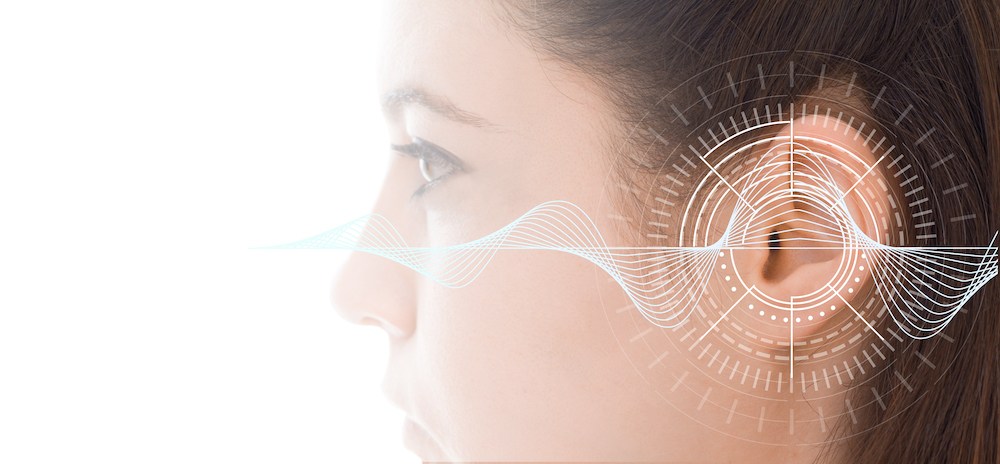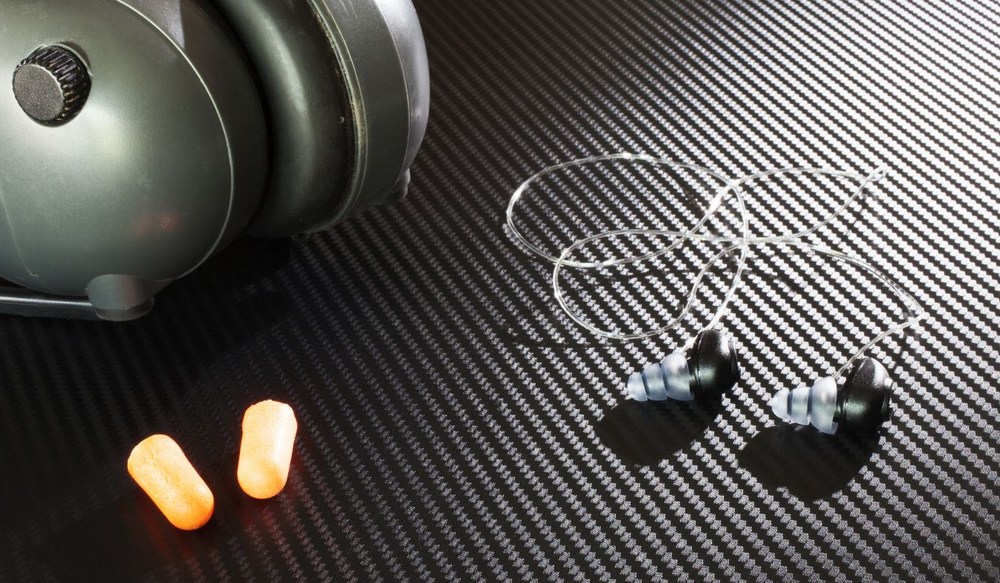How to Create a Hearing-Friendly Home Environment
Creating a hearing-friendly home starts with recognizing how much your

By: admin | June 24, 2024
Understanding the world of hearing loss might seem overwhelming, but finding the right solution can greatly enhance your quality of life. Hearing aids are a popular choice, offering a variety of types to suit your unique needs. From in-the-ear to behind-the-ear models, knowing these differences is crucial for making an informed decision. Let’s examine some common types of hearing aids and how they might be beneficial for you.
Life after a hearing loss diagnosis can feel different. The changes might not be noticeable at first, but they can significantly affect your daily activities. Simple tasks like having a conversation or watching television can become more challenging. You may find yourself constantly adjusting the volume or asking others to repeat themselves. These are just a few ways how hearing loss can affect your everyday life. But don’t worry, there are ways to manage these challenges and continue living a fulfilling life.
Hearing aids are more than just sound amplifiers; they’re designed to amplify the sound you can’t hear and to aid in prevent further hearing loss. They work by capturing sounds from your environment, processing them and delivering them directly into your ears. They come in various styles and sizes, each with its own set of features. Hearing aid types include behind-the-ear (BTE), in-the-ear (ITE), in-the-canal (ITC) and completely-in-canal (CIC) models. The right hearing aid for you depends on your lifestyle, degree of hearing loss and personal preferences.
Choosing a hearing aid requires thoughtfulness. It’s about finding the right fit for your lifestyle and hearing needs. Behind-the-ear models are reliable and robust. They sit comfortably behind your ear and are connected to a custom earpiece that fits in your ear canal. BTE models are suitable for all types of hearing loss and come with easy-to-use features.
On the other hand, in-the-ear or in-the-canal models are compact and almost invisible. These in the outer ear bowl or ear canal, making them less noticeable than BTE models. However, their small size might make them difficult to handle for some people. Each type has its own set of pros and cons. It’s about weighing these factors against your personal needs to find the perfect match.
In-the-ear (ITE) hearing aids are stylish, discreet and designed for comfort. They offer several advantages:
Behind-the-ear (BTE) hearing aids have their own set of advantages and disadvantages. BTE models are often chosen for their robust performance and versatility. However, they’re generally more visible than in-the-ear models and might be less comfortable for some people due to their size. Despite these factors, about 52% of hearing aid wearers prefer BTE models according to a study by the National Institutes of Health. It all boils down to personal preference and how well the device meets your specific needs.
Another hearing aid style that could benefit you is in the canal. In-the-canal hearing aids are custom-made devices that fit in the ear canal, offering a balance between discreetness and functionality. Pros of ITC hearing aids include their relatively discreet appearance compared to larger models like BTE hearing aids, while still accommodating additional features such as directional microphones and volume controls. ITC hearing aids are suitable for individuals with mild-to-moderate hearing loss.
When choosing a hearing aid for you, you want to understand the pros and cons to make sure you are getting the right device for you. While there are many pros for ITC hearing aids, there are some cons. If you have dexterity issues ITC hearing aids might not be the right choice for you, as if can make taking your and putting in your hearing aid harder, as well as changing any of the settings. Due to their smaller size, you may have to change the batteries more frequently with ITC hearing aids. Lastly, since these devices sit in the canal of your ear, they are more susceptible to earwax and moisture buildup. This can affect the performance of your hearing aid and necessitate more frequent cleanings or maintenance.
Completely-in-canal hearing aids are highly discreet devices that fit entirely within the ear canal, providing a nearly invisible solution for individuals with mild-to-moderate hearing loss. The pros of CIC hearing aids include their cosmetic appeal due to their small size, which makes them virtually undetectable to others. Moreover, their placement deep within the ear canal can offer improved sound quality and reduced wind noise. There may be some drawbacks with CIC hearing aids. Due to their size, you may not be able to get as many additional features like you would if you had a BTE hearing aid. Another potential drawback could be the shape or size of your ear canal.
It’s important to consider the pros and cons when evaluating if CIC hearing aids are the most suitable option based on individual preferences, lifestyle and degree of hearing loss. Consulting with a specialist can help in making an informed decision regarding the best hearing aid choice for specific needs and circumstances.
Due to the advancements with technology, it has significantly improved the functionality of hearing aids. Today’s devices come equipped with features like wireless connectivity, smartphone compatibility, feedback reduction, multisettings, tinnitus masking and more. For instance, many hearing aids now come with Bluetooth connectivity, allowing you to stream audio directly from your smartphone or TV. Some models even offer rechargeable batteries, eliminating the need for frequent battery changes.
However, with these advanced features comes a learning curve. It may take some time to get used to the new technology, and not everyone may find these features useful or necessary. As always, it’s important to consider your personal needs and comfort when choosing a hearing aid.
Just like any other device, hearing aids require regular maintenance and care to function optimally. This includes cleaning the device regularly to remove earwax or debris, storing it in a dry place when not in use and scheduling regular check-ups with your hearing instrument specialist.
Regular maintenance can help extend the lifespan of your hearing aid and ensure it continues to provide you with the best possible sound quality. It’s also a good idea to keep a supply of batteries on hand if your device isn’t rechargeable.
Once you have looked at all the styles of hearing aids and understand pros and cons of each type, it’s time to consider some factors when comparing them. These include your lifestyle, the degree of your hearing loss and your personal preferences. A specialist will be able to assist you in choosing the right hearing aid for you, they will take into account your loss and past medical history and your personal preferences. The final decision will be up to you, as you want a comfortable fit.
For instance, if you lead an active lifestyle and need a sturdy device, a behind-the-ear model might be ideal for you. On the other hand, if discretion is important to you, an in-the-ear or in-the-canal model could be a better fit. There’s no one-size-fits-all solution – it’s about finding what works best for you.
Once you choose the right hearing aid for you getting used to a new hearing aid can take time, but with patience, it will become second nature. Start by wearing your hearing aid for just a few hours each day and gradually increase the duration as you get more comfortable. This will give your brain time to adjust to the new sounds and sensations.
Don’t shy away from using technology. Many modern hearing aids come with features like smartphone compatibility or customizable sound settings. These can make your transition smoother and allow you to personalize your hearing experience.
Lastly, remember that it’s ok to ask for help. Whether it’s adjusting the fit of your device or understanding its features better, don’t hesitate to reach out to your hearing instrument specialist. They’re there to support you on this journey and ensure that you’re getting the most out of your hearing aid.
Choosing the right hearing aid is a significant decision, but you don’t have to make it alone. At Macomb Audiology & Hearing Aid Center, we’re here to help guide you through the process. Our team of professionals is ready to answer your questions and provide advice tailored specifically for your needs.
We invite you to contact us at our Macomb, IL location at (309) 731-4296. We’ll work together with you to find the best hearing aid that suits your lifestyle and personal preferences. Better hearing leads to a better quality of life – let us help you take that step today!
Tags: hearing aid selection tips, hearing aid styles, hearing aid technology

Creating a hearing-friendly home starts with recognizing how much your
By: admin | November 18, 2025

Tinnitus is something many people experience at some point, where you hear
By: admin | August 21, 2025

Spring brings sunshine, warmer temperatures and a calendar filled with
By: admin | April 24, 2025